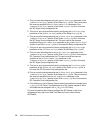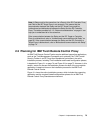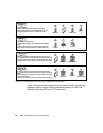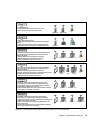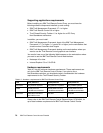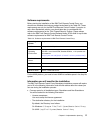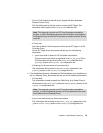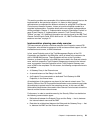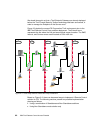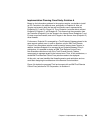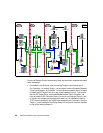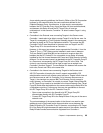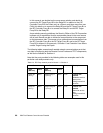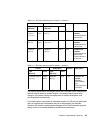80 IBM Tivoli Remote Control Across Firewalls
– The IP Address (or DNS name) of the Parent:
This information will be saved in the parent-remote-host parameter in the
[communication-layer] section of the rcproxy.cfg configuration file.
– The listening port of the Parent:
This information will be saved in the parent-remote-port parameter in the
[communication-layer] section of the rcproxy.cfg configuration file.
– The type of connection:
This choice must be in accordance with the security rules defined by your
Security Officer regarding how communication must be exchanged
between different network zones. Refer to 1.1.5, “Proxy connection types”
on page 11 for more information about the different type of
communications.
This information will be saved in the parent_cm_type parameter in the
[communication-layer] section of the rcproxy.cfg configuration file. If the
connection type selected is unidirectional, the Child role is saved in the
connection-mode parameter in the [parent-cm-info] section of the
rcproxy.cfg configuration file.
– A Proxy role:
You have to define if this Child will be an RC Target Proxy or an RC
Controller Proxy.
For the RC Target Proxy, the process will ask you for the following
information:
• A port from which it listens for RC Controller connections.
This port must be the same as registered in the rc_def_proxy Policy.
This information will be saved in the proxy-port parameter in the
[rcproxy] section of the rcproxy.cfg configuration file.
– A listening port for commands of a command line:
This information will be saved in the cmdline-port parameter in the
[rcproxy] section of the rcproxy.cfg configuration file.
2.3 Implementation planning case study scenario
Next, we provide a case study scenario which will help you to understand where
to place the different components of the IBM Tivoli Remote Control Proxy, and in
which situation an RC Proxy Standalone or an RC Proxy Non-Standalone
solution should be selected.



